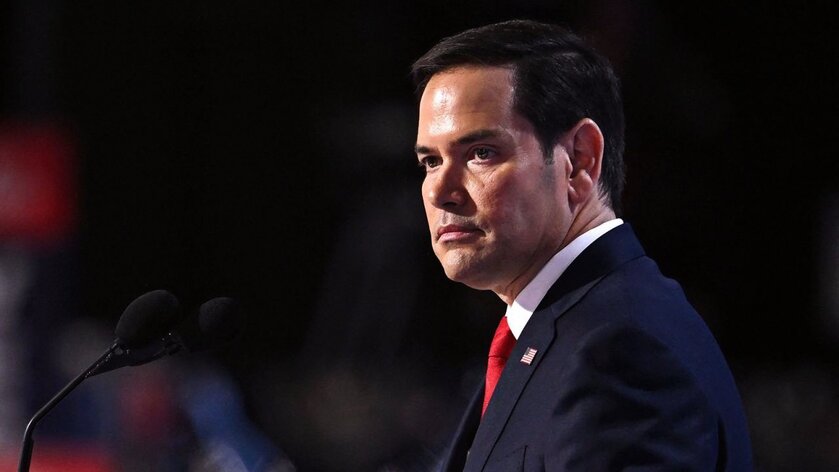SpaceX launched the Falcon 9 rocket on the Bandwagon-4 mission from Cape Canaveral Space Force Station in Florida on Nov. 2, at 0509 UTC, carrying 18 payloads into low Earth orbit. The primary payload, referred to as the "cake topper," was the fifth 425 Korea satellite from South Korea’s Agency for Defense Development (ADD), which is part of their Project 425 program.
The Falcon 9’s first stage booster, B1091, completed its third flight and successfully returned to Earth approximately eight minutes after liftoff, landing at Cape Canaveral’s Landing Zone-2. This marked the 528th Falcon 9 booster landing to date and the 15th landing at LZ-2, which is expected to be retired soon as SpaceX transitions to a new landing zone at pad 40.
The upper stage continued into orbit and deployed the 18 payloads over a period of about an hour, beginning with the separation of ADD’s Korea 435 satellite around 12 minutes after liftoff.
The mission marked the fourth in SpaceX's Bandwagon series, designed for mid-inclination orbits, and was SpaceX's 140th Falcon 9 launch of 2025.
"While our Transporter rideshare missions launch to a sun synchronous orbit, Bandwagon missions launch to a mid-inclination orbit, filling the gaps for customers that wish to expand their coverage or complete unique objectives not possible with SSO," SpaceX wrote on X.
Among the 18 payloads was Haven Demo, an experimental precursor satellite developed by California-based Vast Space for its planned Haven-1 private space station. Haven Demo is intended to test critical systems for Haven-1, including propulsion, flight computers, and navigation software, serving as the first step in Vast’s iterative approach to building next-generation space stations.
If successful, Haven-1 is scheduled to be launched into low Earth orbit (LEO) on a Falcon 9 rocket as early as the second quarter of 2026, potentially making it the first independent private space station in human history Haven-1 is designed to be a human-centric space station capable of hosting up to four astronauts and serving as an innovation lab for both private and government missions.
"The first step in our iterative approach towards building next-generation space stations, Haven Demo will test critical systems for Haven-1, including propulsion, flight computers and navigation software," Vast wrote in a description of the satellite.
The other 16 payloads included satellites from Berlin-based Exolaunch, Turkey’s Fergani Space, weather forecasting company Tomorrow Companies, and Starcloud, a company planning to build data centers in space. Notably, Starcloud’s satellite carried an NVIDIA H100 GPU, marking a significant step in advancing space-based computing.
As its name suggests, Bandwagon-4 was the fourth mission in SpaceX's Bandwagon series to lift off. The company also operates another rideshare program called Transporter, which has 14 launches to its name to date.
Bandwagon-4 was the 140th Falcon 9 launch of 2025 already. More than 70% of the rocket's missions this year have been dedicated to building out Starlink, SpaceX's ever-growing broadband megaconstellation.















